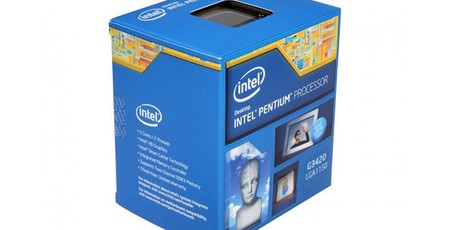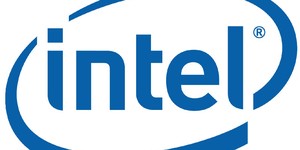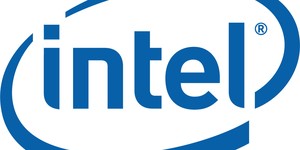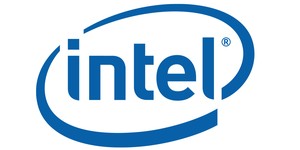
In a very unusual move, Intel is bringing back the Pentium G3420 - a six-year-old Haswell Generation CPU.
Previously discontinued years ago, the Pentium G3420 has had its End of Life status removed, allowing Intel to resume processor shipments for the foreseeable future. It's a strange move, especially given that it comes only a couple of weeks after Intel first began the process for discontinuing the processor.
While Intel hasn't announced its reasons for why it's doing this, the general consensus is that it's to do with the company's issues with processor shortages. By this reckoning, Intel needs all the CPUs it can get, even if they're low-end ones.
In case, you've forgotten what the Intel Pentium G3420 actually is, it has 2 Haswell-based CPU cores without HyperThreading, running at 3.20GHz. Included is HD integrated graphics. The processor supports up to 2 channels of DDR3 1600 RAM.
To make it sound a bit more appealing to modern systems, it's worth remembering that the 22nm chip is compatible with the LGA1151 infrastructure that supports 53W CPUs, and that's widely available. However, the G3420 is slower than a Celeron G4920 and who really wants to hear that?
The processor typically features in low-end desktop systems along with units such as NAS boxes, as it's pretty cheap. So, it's nothing particularly exciting by any means. It seems likely that the chips have been resurrected so that at least OEMs like Dell have some kind of low-end Intel chip at its disposal while Intel continues to work through its shortages.
It makes sense for OEMs who are usually less likely to want to make substantial changes to their lineups unless they have to, but enthusiasts on a very tight budget should still be considering something like AMD's new budget chip, the 3000G, instead.
The Pentium G3420 isn't the kind of chip any consumer will be too keen to snap up right now, unless they're desperate or nostalgic. However, anything that takes the pressure off Intel a little so they can focus on pumping out far better processors has to be a good idea, surely. Hopefully, this will free up space for more 14nm output so Intel can put these shortages behind them for another couple of years.

MSI MPG Velox 100R Chassis Review
October 14 2021 | 15:04








Want to comment? Please log in.